South of mainland Australia lies its island state, Tasmania. (Australians shorten the name to Tassie, which rhymes with “snazzy.”) Roughly half of this island is protected; its wilderness is listed — alongside the Taj Mahal and the ancient pyramids of Egypt — as World Heritage property. Amidst this wild grandeur, 50 sites deliver library services to the island’s 524,700 inhabitants.
As a Fulbright Global Scholar, I had the incredible fortune to visit some Tassie libraries and their partners. Here are a few tips from Down Under.
With so many inexpensive tech toys to choose from, many STEM programs in Australia are bringing robotics and coding to their patrons. I appreciate how Sonya Moon, Community Learning Coordinator at Kingston Library, made a robotics program truly interactive for the participating parents and their children (ages 5-8). She took time at the beginning to introduce the facilitators and talk through what would happen over the course of the program. Tech toys are common in some homes — but still out of reach for other families — so Sonya opened up a discussion by asking who had ever done coding or robotics at school or at home. Everyone was encouraged to help each other out, whatever their level of experience — and this took the burden off of Sonya to know all of the answers!
Sonya built up the parent-child learning over three stages. Sonya used a big screen TV to show how the app worked and get everyone started with play time on their own. She then brought everyone back together to see how block-style codes could be put together to make the bots perform any number of tasks that the children wanted. The children and their parents were off again on their own, but working together to code a sequence of commands. Finally, everyone came together for one final piece of information from Sonya: how to attach catapults, xylophones, or LEGO pieces to their bots using a few pieces of additional equipment. The attachments proved more challenging than free play or coding. Some families decided to help each other out to get the trick of how to get everything to work properly. Even after an hour and half of playing with the bots, some families lingered beyond the end of the program to try one last thing…
Kathleen Priestly, Community Learning Coordinator at Devonport Library, manages her tech programs with a strategy from her days as a classroom teacher. Children use the “Ask 3 Before Me” strategy to keep the facilitator focused on those who need the most help. The steps are:
1) Ask the person beside you
2) Ask the experts in the room (here, again, it is crucial to take time to introduce the facilitators)
3) Use the help option or Google
If needed: ask the facilitator.
Children will approach Kathleen with a question, pause as they realize that they haven’t yet checked with anyone else, and return to ask their peers for help.
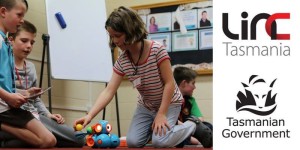
Promotional piece for Devenport Library’s upcoming robotics program, which will serve Tasmanian children during their winter school holiday. Courtesy of Devonport Library.
Special thanks to Sonya Moon, Kathleen Priestly, and the families at Kingston Library for passing along their insights on STEM learning in libraries.
This site is not an official Fulbright Program site. The views expressed on this site are entirely those of its author and do not represent the views of the Fulbright Program, the U.S. Department of State or any of its partner organizations.

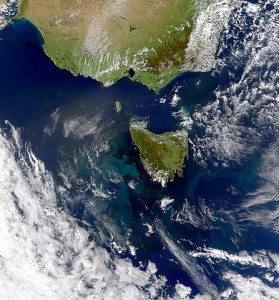
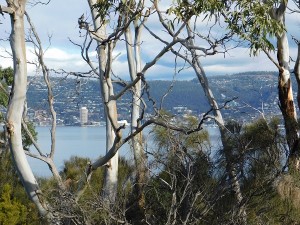
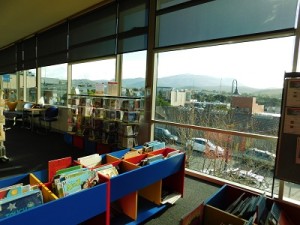
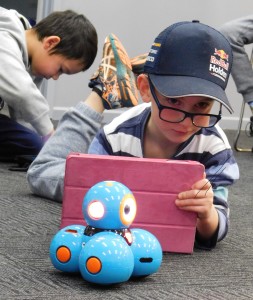
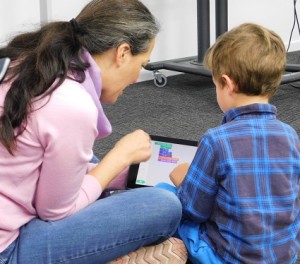
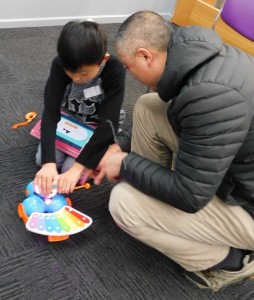



Leave A Comment